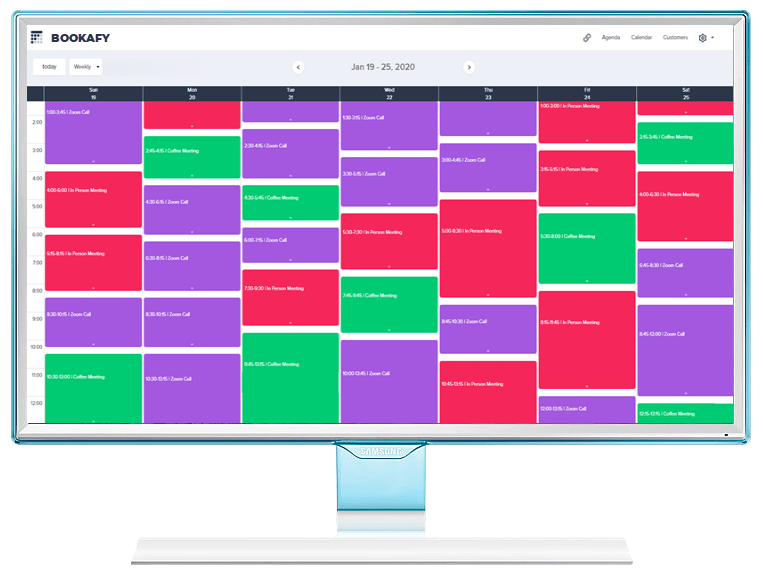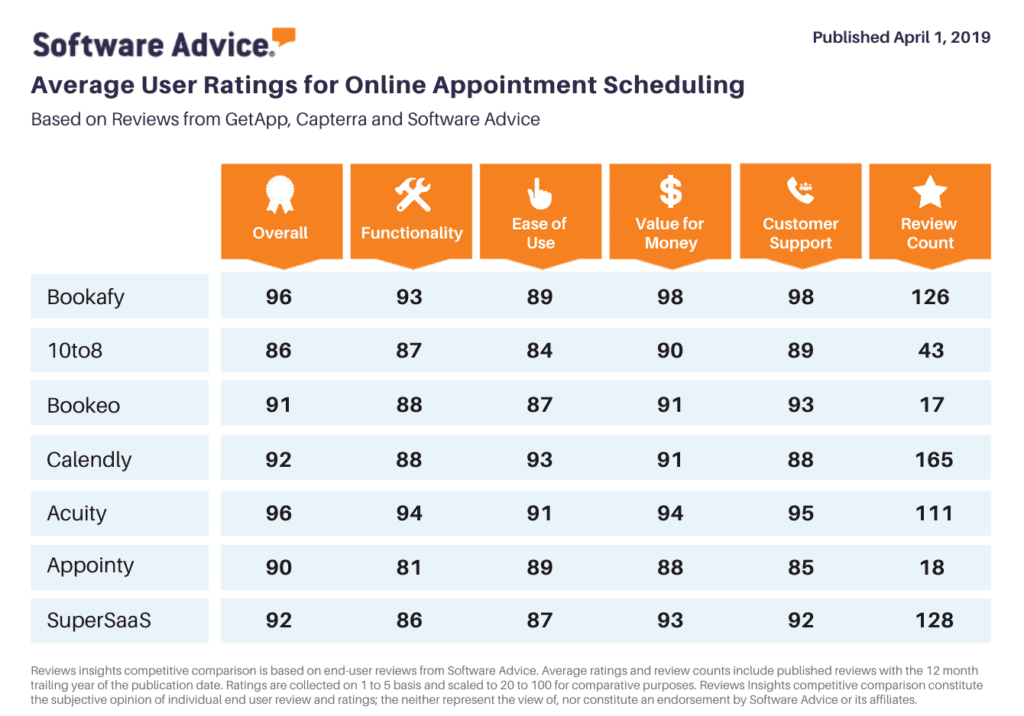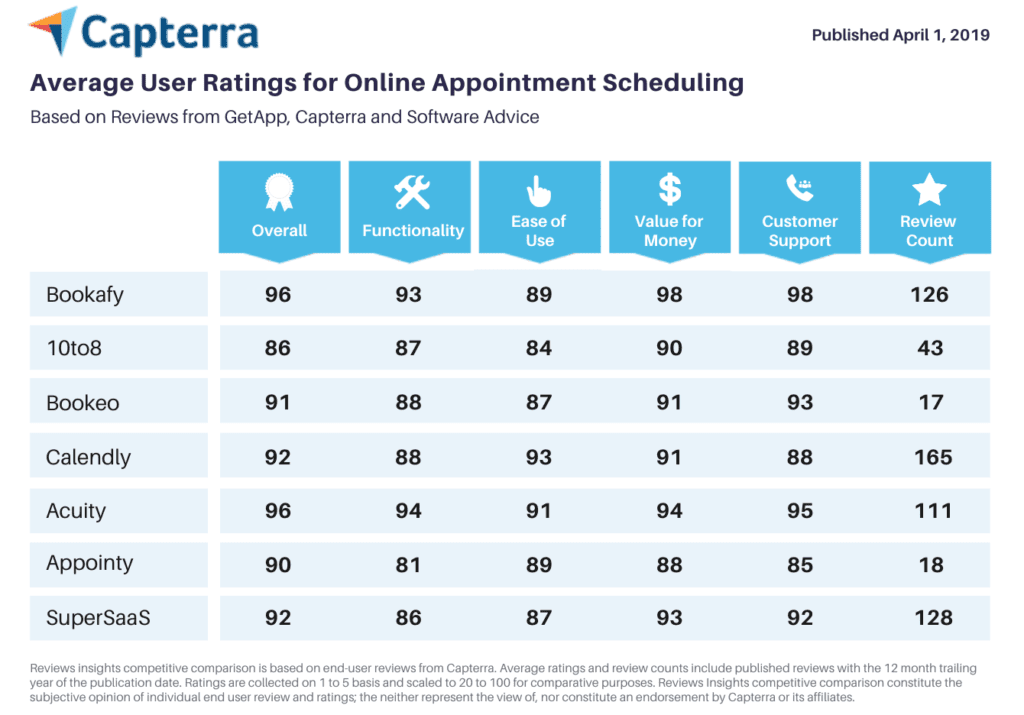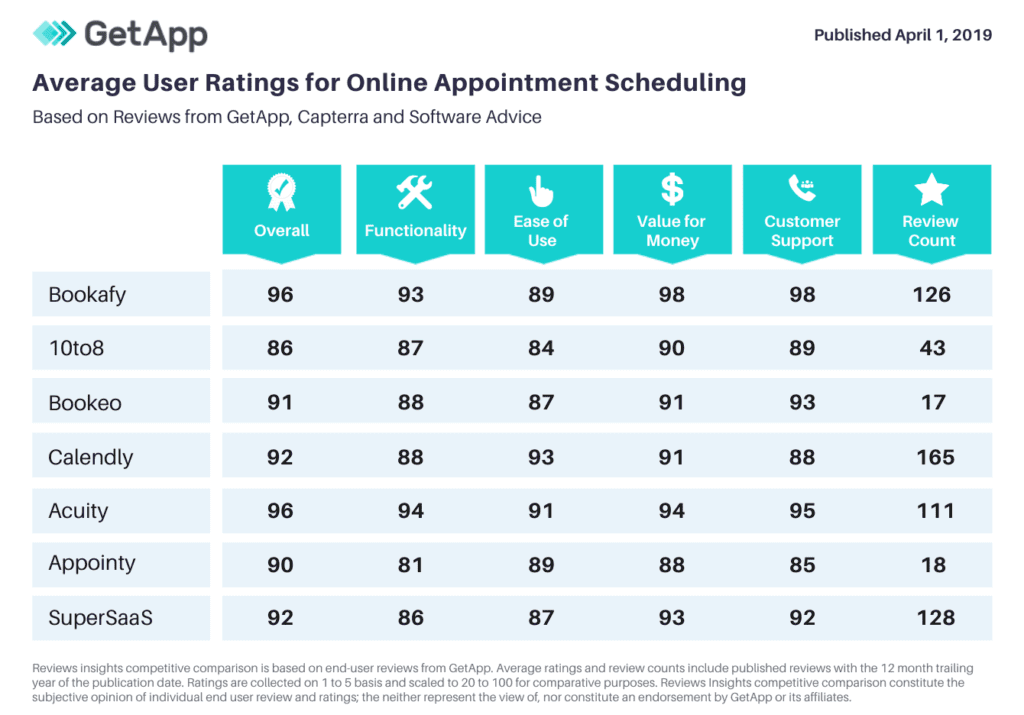Web Scheduling Software
Managing day-to-day tasks can be a challenge, and it often requires organization, time management, and a good system to ensure things run smoothly. This is where web scheduling software comes in. Web scheduling software is a powerful tool that helps users efficiently manage their time and activities, allowing them to plan and execute their tasks with ease.
In this article, we’ll explore the benefits of web scheduling software and how it can help you stay organized and productive. We’ll also discuss the different types of web scheduling software, their features, and how to choose the best option for your needs.
What Is Web Scheduling Software?
Web scheduling software is a tool used to manage and optimize tasks, projects, and resources. It provides users with an easy way to plan, manage, and keep track of their activities. With web scheduling software, users can easily assign tasks to specific individuals or teams, create task dependencies, and set deadlines, all without having to manually enter data.
Web scheduling software can also be used to create reports, track progress, and monitor performance in real-time. This helps users get a better understanding of how their work is progressing and makes it easier for them to adjust their schedule accordingly.
Benefits of Web Scheduling Software
1. Increased Productivity: Web scheduling software helps users to quickly and easily organize their tasks, allowing them to accomplish more in less time.
2. Improved Collaboration: Web scheduling software makes it easy for teams to stay on the same page, as they can easily share tasks and updates with each other.
3. Enhanced Efficiency: Web scheduling software helps users streamline their processes and save time by automating menial tasks and removing manual data entry.
4. Reduced Costs: Web scheduling software makes it easier to monitor progress and performance, which can help reduce costs and increase profits.
5. Real-Time Reporting: Web scheduling software provides real-time reporting, allowing users to quickly analyze their data and make better decisions.
Types of Web Scheduling Software
1. Calendar Software: Calendar software is used to manage events, tasks, and appointments. It provides users with an easy way to track and manage their time, as well as share events and updates with others.
2. Project Management Software: Project management software is used to plan and manage projects. It helps users track progress and performance, assign tasks and resources, and create reports.
3. Resource Management Software: Resource management software is used to manage resources in an organization. It helps users track resource availability and utilization and allocate resources to tasks and projects.
4. Time Tracking Software: Time tracking software is used to track and record the time spent on tasks and projects. It helps users better manage their time and identify areas of improvement.
How to Choose the Right Web Scheduling Software
When choosing the right web scheduling software, there are several factors to consider. You should consider the features and capabilities of the software, as well as its cost and ease of use. Additionally, you should consider the size and complexity of your projects, as well as the types of reports and analytics you need.
Once you’ve identified your needs and budget, you can start looking for the right web scheduling software for your organization. Take the time to do some research and compare different software options to find the one that best meets your needs.
Conclusion
Web scheduling software is an invaluable tool for managing time and tasks. It provides users with an easy way to organize and optimize their work, allowing them to be more productive and efficient. With the right web scheduling software, users can stay organized and keep track of their progress and performance in real-time. When selecting web scheduling software, it’s important to consider the features, cost, and ease of use to ensure you’re getting the right tool for your needs.




